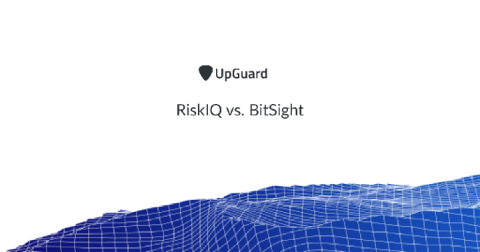RiskIQ vs. BitSight Comparison
Cyber attacks, misconfiguration, data leaks, and data breaches are increasingly common. Each week the news is full of new exposures of protected health information (PHI) and personally identifiable information (PII). These security incidents are not only more common but also more costly. The average cost of a data breach is now nearly $4 million globally. For breaches involving third-parties, the cost increases to $4.29 million according to a recent report by IBM and the Ponemon Institute.









